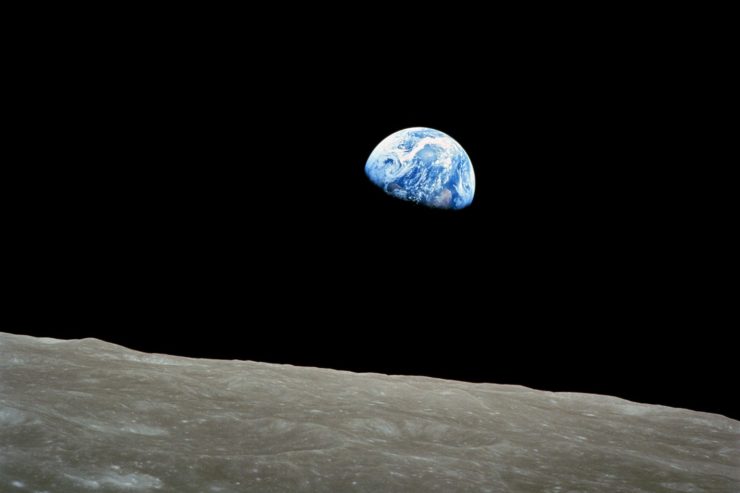Novels with a focus on demographic transition-driven decline are sadly rare in Western SF. The correct response is to complain loudly that kids are staying off my lawn. However, it’s hard to come up with a list of books about a subject which very few Western authors—Charles Stross aside—find interesting. To paraphrase my uncle Don’s former wrestling opponent, “You read the books you have, not the books you might want or wish to have at a later time.” Novels featuring low population Earths depopulated for reasons other than demographic transition are easy enough to find.
Here are five examples.
Cemetery World by Clifford D. Simak (1973)
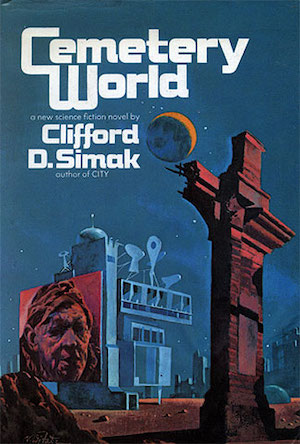
Starflight allowed humans to leave Earth for other worlds. The Final War provided them with a good reason to do so. Ten thousand years after the Final War, Earth is one vast Wisconsin, a rustic wilderness in which humans are few and far between. One might think, therefore, that the planet was insignificant. Not so.
Earth will always be the world from which humanity sprang. It is therefore the sacred soil in which humans across the galaxy wish their mortal remains interred. Mother Earth, Incorporated provides funerary services to the galaxy. This provides them with steady income—income not to be disrupted by excessively curious visitors like Fletcher Carson and his free robot companion, Elmer. Not to worry! There’s always room in the cemetery for two more long-term occupants.
Dreamsnake by Vonda N. McIntyre (1978)
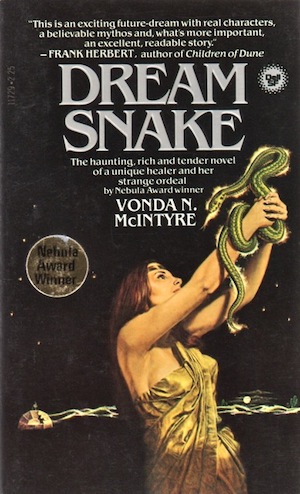
Earth destroyed itself with war and resource depletion, but not before founding the colonies that would become the Sphere. The thriving worlds of the Sphere feel no gratitude towards Earth. Instead, they leave the barren, underpopulated world to scrabble for survival.
Snake is a wandering Healer who uses bio-engineered snakes to minister to Earth’s sickly. The communities of desolate Earth are almost as isolated from each other as from the stars. A tragic misunderstanding costs Snake her precious Dreamsnake. The exotic snake is irreplaceable…almost. It may be that Center, the lone surviving city of note on Earth, might be able to replace the slain Dreamsnake. If only Center were not nearly as disinclined to trade with outsiders as the Sphere is disinclined to trade with Earth.
Knight Moves by Walter Jon Williams (1985)
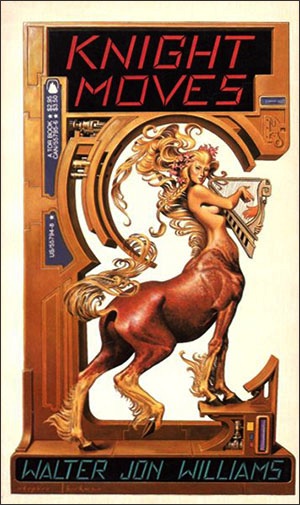
A core-world alien, Snaggles, studies the social evolution of various carbon-based intra-skeletal species. Humanity’s past falls within its remit. Humanity’s present, however, is an inconvenience. Billions of humans interfere with field work. Therefore, Snaggles makes a deal with Doran. Doran can provide his fellow humans with immortality and vast power if they take his one-way tickets to habitable exo-planets. Most humans find the offer attractive. By the modern era, Earth has ten million humans left on it.
Because contact with colony worlds is limited to light speed travel and communication, Earth enjoys quiet stagnation. Now, however, a disruptive element has appeared. Lugs are herbivores seemingly native to an alien world. At first glance, they’re remarkable only in that there seems to be no reason why they would have evolved their particular suite of adaptations under their current conditions. The explanation only raises more questions: the lugs, only as bright as hamsters, have somehow managed to master the art of superluminal teleportation. This is a trick which if duplicated could utterly reshape human civilization.
Xenozoic Tales by Mark Schultz (1986 and onwards)
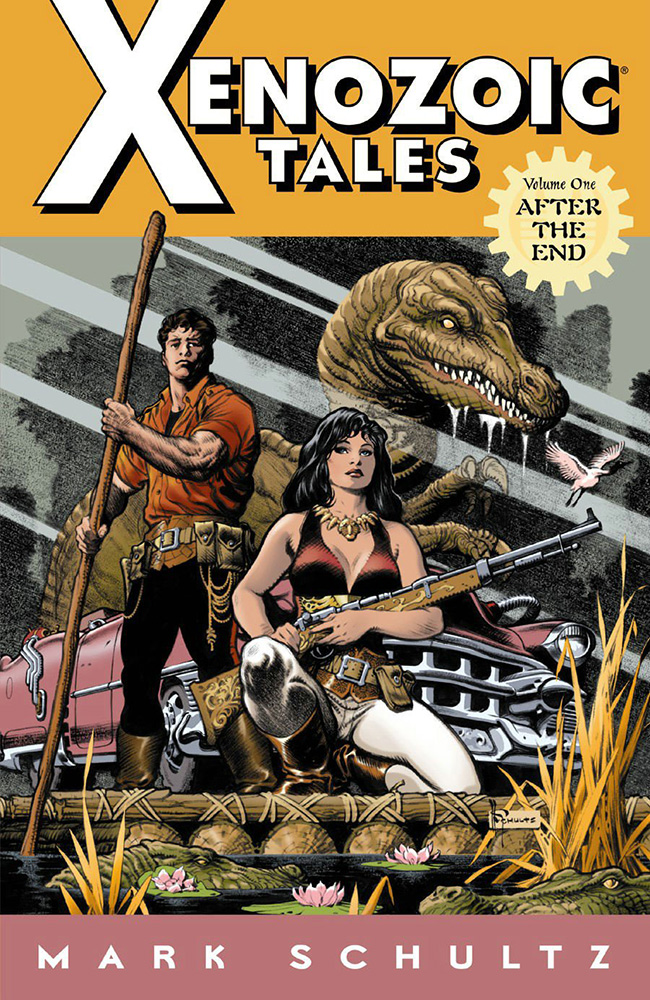
Who could have predicted that rampant pollution, excessive resource exploitation, and the occasional catastrophic war could have drawbacks? Not humans, whose lack of foresight is rivalled only by their unearned confidence. Confronted by cataclysmic disasters, a handful of lucky humans retreated to underground cities. They hid there for half a millennium.
When humans finally did reemerge, they found Earth transformed. Lifeforms not seen for a hundred million years had reappeared. Why this might be is a mystery. Current circumstances present humanity with a choice: somehow learn to live in an alien environment alongside dinosaurs and far more exotic species or repeat earlier mistakes. If they do, this time humanity may face extinction.
Bannerless by Carrie Vaughn (2017)
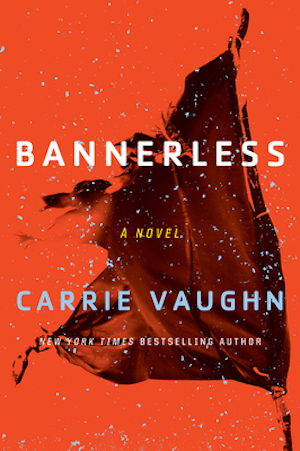
The Fall swept away multitudes. Where there were once enough people to fill vast cities, now there are only scattered hamlets. Humans being social animals, however, the remnants swiftly formed new communities. The Coast Road is one such. While far poorer than America before the Fall, the Coast Road uses the resources it has as equitably and sustainably as it can.
The system works because officials work hard to ensure that it does. Enid and Tomas are two such officials, investigating potential lawbreaking such as illicit childbirth, hoarding, and murder. If a crime has been committed, they deliver judgment. This sounds straightforward, but as the violent death that draws them to the village of Pasadan demonstrates, sometimes facts can be clear but the truth can be very hard to determine.
***
No doubt for every example I can provide, Tor.com’s collective readership can name a dozen, each one possibly a better choice than the five I selected. Comments are, as ever, below.
In the words of Wikipedia editor TexasAndroid, prolific book reviewer and perennial Darwin Award nominee James Davis Nicoll is of “questionable notability.” His work has appeared in Publishers Weekly and Romantic Times as well as on his own websites, James Nicoll Reviews and the Aurora finalist Young People Read Old SFF (where he is assisted by editor Karen Lofstrom and web person Adrienne L. Travis). He is a four-time finalist for the Best Fan Writer Hugo Award, is eligible to be nominated again this year, and is surprisingly flammable.










